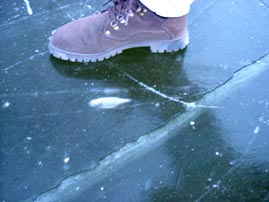How to setup SSH keys
SSH has a great feature. It allows you to setup a private and public key pair with which you can SSH into the server without requiring a password. There are various reasons why you should want that. For example, you might be lazy (and you don't like typing it in). Another possibility is that you may want to have scripts which automatically login into the server (and fetch or place data). Setting it up is easy.

